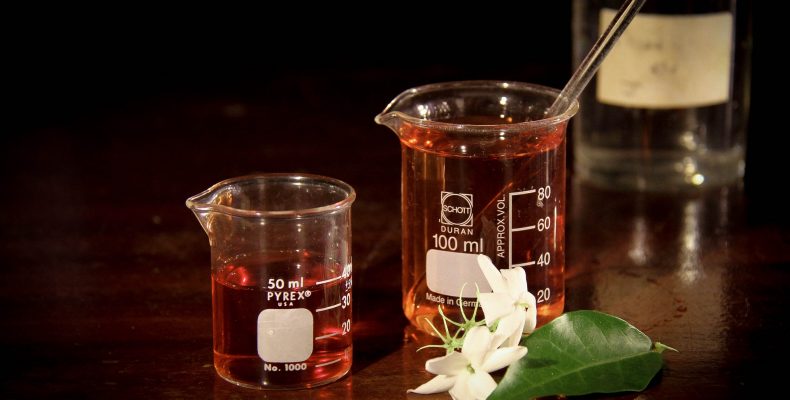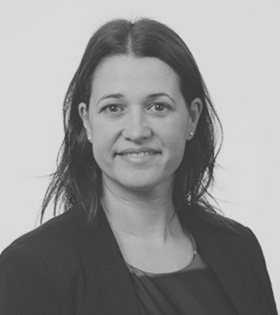
Keeping your cosmetics IP natural? Speak to an attorney.
The perception of ‘chemicals’ in consumer care products has dramatically changed in recent years. The term is increasingly being associated with the idea of ‘unsafe’, ‘toxic’ or ‘bad’ and is linked with the growing perception that cosmetics free from chemicals are safer and better for you.
But not all chemicals are bad or harmful, and not every ‘chemical-free’ cosmetic is completely ‘natural’. There is no government or third party-certified definition stating what qualifies as a ‘clean’ or ‘natural’ cosmetic, so any company can call a product ‘natural’ or ‘clean’ and define them any way they want. Also the label ‘free from chemicals’ highly depends on what is considered to be a ‘chemical’, for example, water is a chemical. In fact, last year L’Oréal funded a collection of studies analysing the safety data of four often-questioned substances, in a bid to debunk consumer misinterpretations about certain chemicals. These were published in a special issue of Journal of The European Academy of Dermatology and Venereology (JEADV).
Regardless of the scientific definition of what is truly a ‘chemical’ there is a misconception that cosmetics claiming to be ‘clean’ or ‘natural’ are just a simple recipe of plants and natural products easily sourced from a garden. Although these terms are often used to refer to products that contain plant based, natural or organic ingredients, many of them still contain chemicals or ingredients which cannot be considered completely natural, as they would exist in nature.
In fact, many ‘clean’ or ‘natural’ consumer care products do not include the plant or natural product as it can be found in nature, but a particular active ingredient found in the plant that needs to be extracted. So many of these products have extensive research and development (R&D), and laboratory work, behind them. Even consumer care products that seem to have on their list of ingredients only things derived from natural products, usually contain these products in the form of ‘extract of…’, ‘hydrolysed form of…’ or are actually sub-products or derivatives of the natural products. So, can we ignore all the chemistry needed to obtain such ingredients and still say the final product is ‘natural’ or ‘clean’?
In addition, the rise in sustainably-minded consumers has also led some cosmetic brands to research for active ingredients that are bio-sourced and more respectful of the environment. One new option is ‘bio-identicals’ — these are, lab-grown ingredients comparable to those found in nature— to make products more sustainable. For example, the skincare and perfume brand Romilly Wilde, uses lab-grown ingredients created by taking a cell from a particular plant, then stimulating its natural environment in a laboratory so it can be reproduced without any further depletion of its natural source.
More sophisticated plant based technology for cosmetics has, for example, been developed by Plant Active Technologies (PAT), best known for its so-called plant milking technology, for which there are patent applications pending. This technology involves ‘stimulating’ (creating wounds or openings in the roots of) plants grown in an aeroponic facility and collecting (or exudating) the liquid from the roots.
Irrespective of the natural versus synthetic debate, it is clear that ‘natural’ or ‘clean’ consumer care products are a big business and innovation in this area is buoyant. According to the Soil Association, The Organic Beauty & Wellbeing Market 2019, sales of organic and natural beauty products in the UK grew for an eighth consecutive year to reach £86.5m in 2018, up 14 per cent on the previous year. This has also resulted in an increase in the number of patent applications in the cosmetics sector.
However, something in its natural state or naturally occurring is not an invention and is not patentable. So if a natural ingredient itself cannot be patented, how can businesses protect their ‘natural’ or ‘clean’ products? Obtaining patent protection for these products may be possible, for example, with an application directed to:
- Compositions, formulations or combinations containing natural ingredients, as long as these form a product that cannot occur naturally and is new and not obvious. For example European Patent No.2505185 B1 describes a composition with improved tanning effect containing caffeine, hydrolysed citrus aurantium dulcis fruit extract and mauritia flexuosa fruit oil among other ingredients.
- The use of the natural ingredient. For example, Avon has a granted US patent No. 7,618,662 B2 for the use of natural plant extracts in cosmetic compositions.
- The isolated ingredient, its extract or a modified natural ingredient, as long as the natural ingredient has been modified in such a way that the new form does not exist in nature so that it is different from its natural counterpart. For example in European Patent No. 3131529 B1 Unilever patented an aloe vera extract.
- Methods of producing or obtaining an ingredient, such as the ones for isolating ingredients from their natural environment or to synthesize a natural occurring ingredient.
- Methods of manufacturing a product containing natural ingredients. As consumer demand for clean cosmetics grows, manufacturers are required to scale up production and come up with new methods; of course, novelty and inventiveness remain mandatory.
- Purely cosmetic treatments or methods, for example of the skin or hair, can also be protected by a patent. For example, granted US patent No. 9138401 B2 filed by Mary Kay Inc. is directed to non-therapeutic cosmetic method of whitening skin or evening out skin tone, using a composition comprising a combination of plant extracts.
There are therefore many innovations in the consumer product sector that could be the subject of patent applications and these may be a valuable asset to companies developing new ‘chemical-free’, ‘natural’ or ‘clean’ cosmetics and personal care products.
Barker Brettell has a dedicated cosmetic sector group. If you would like to discuss options for protecting your invention, please get in touch with one of the team or contact your usual attorney.



